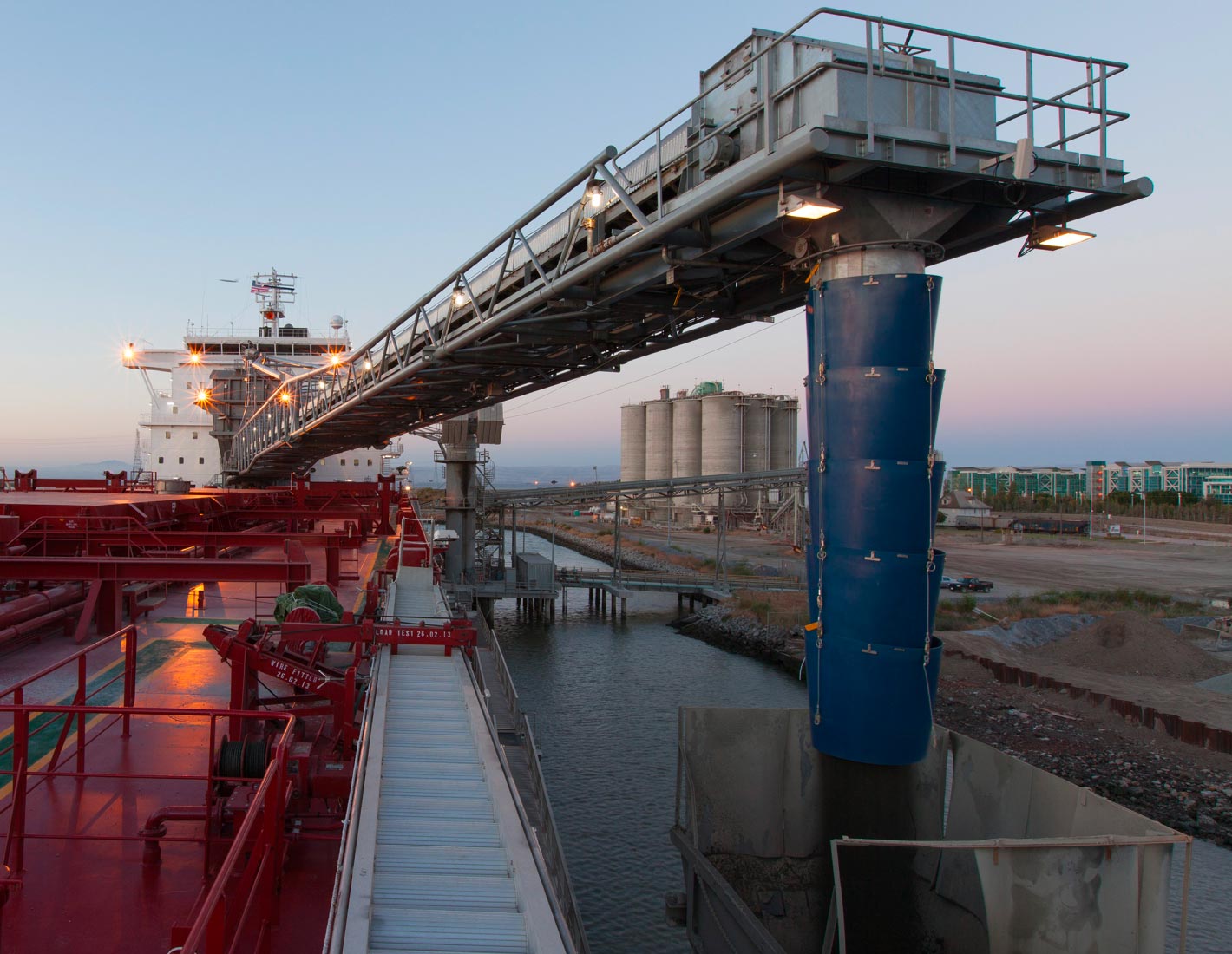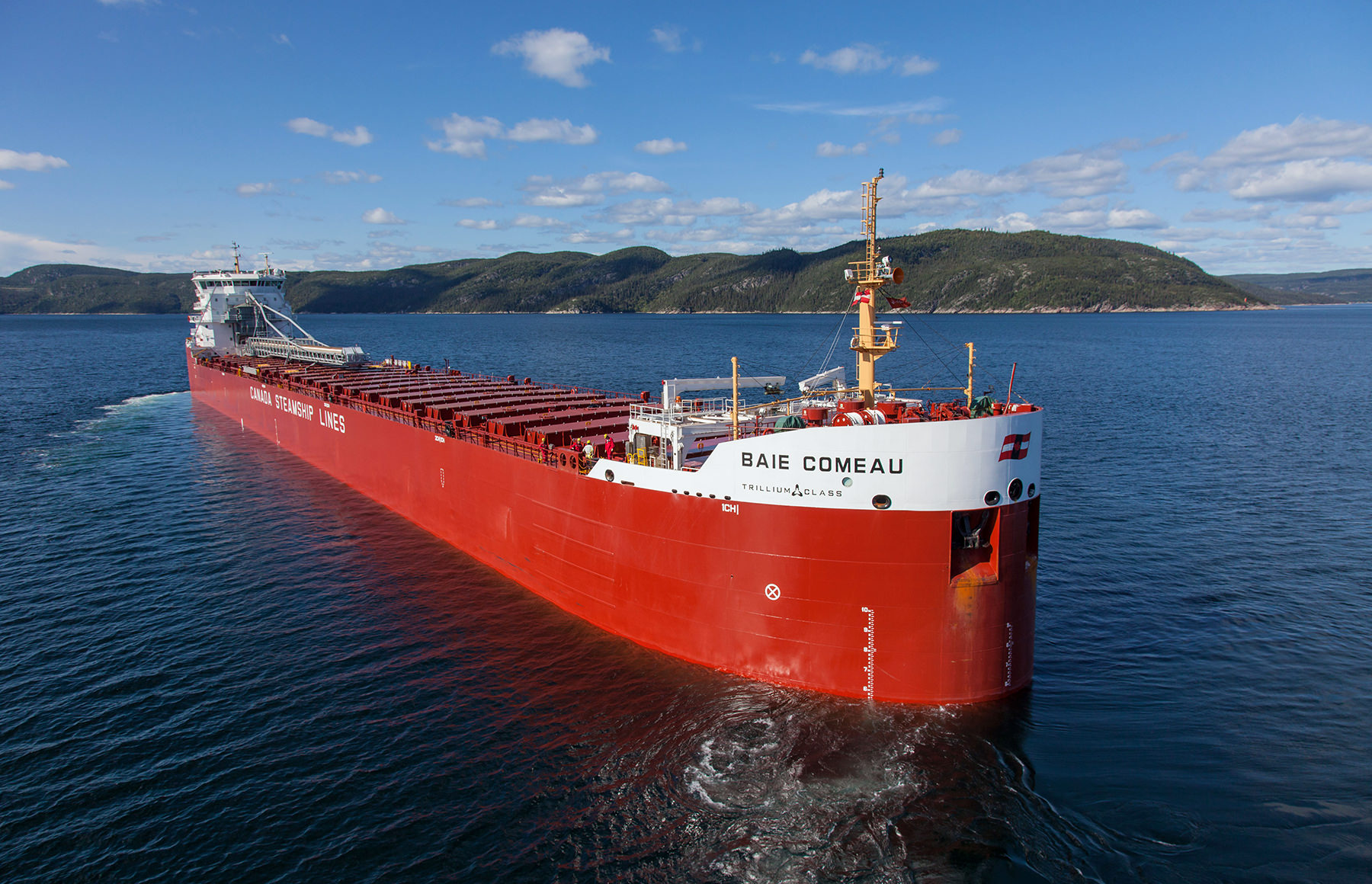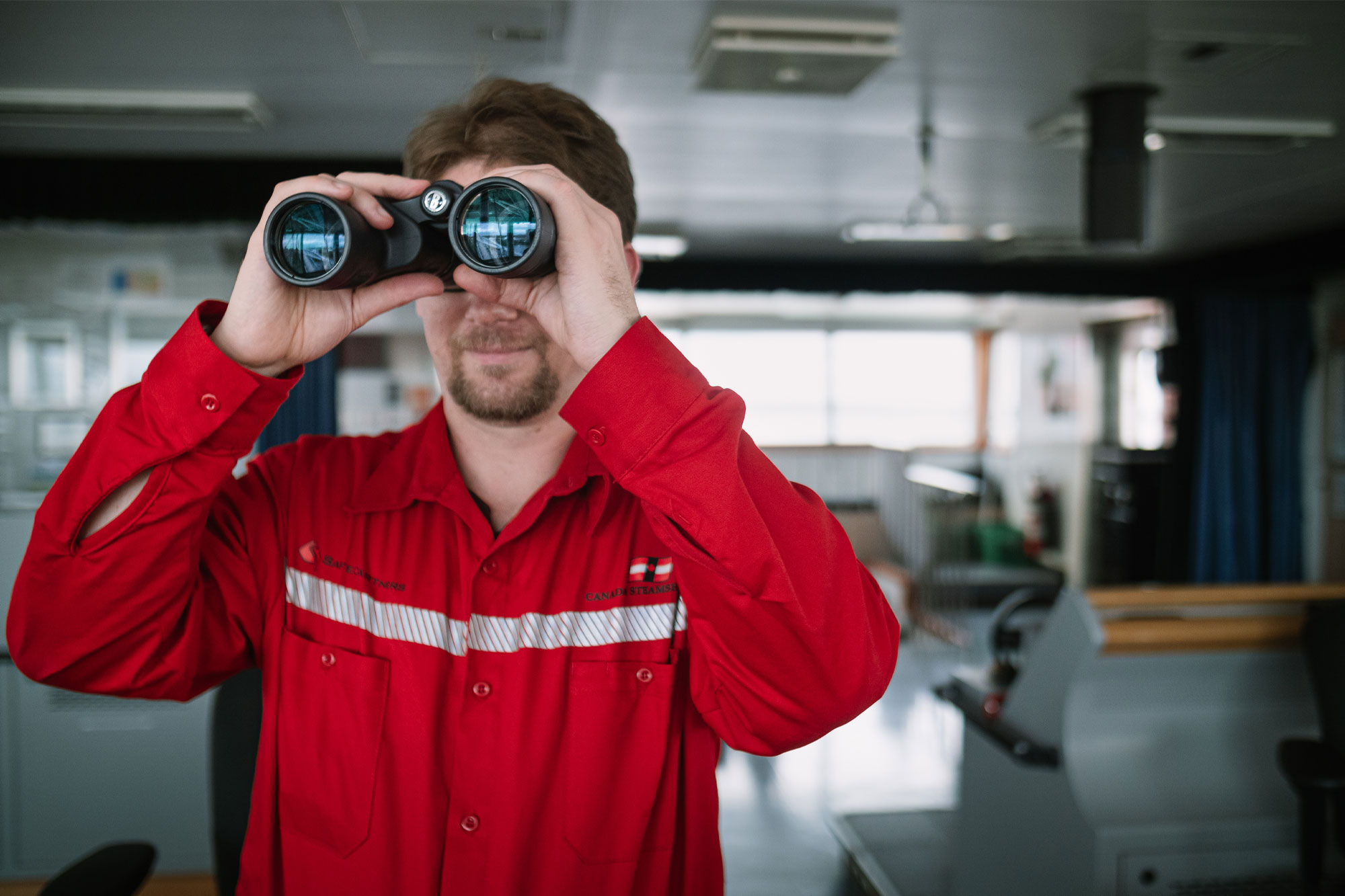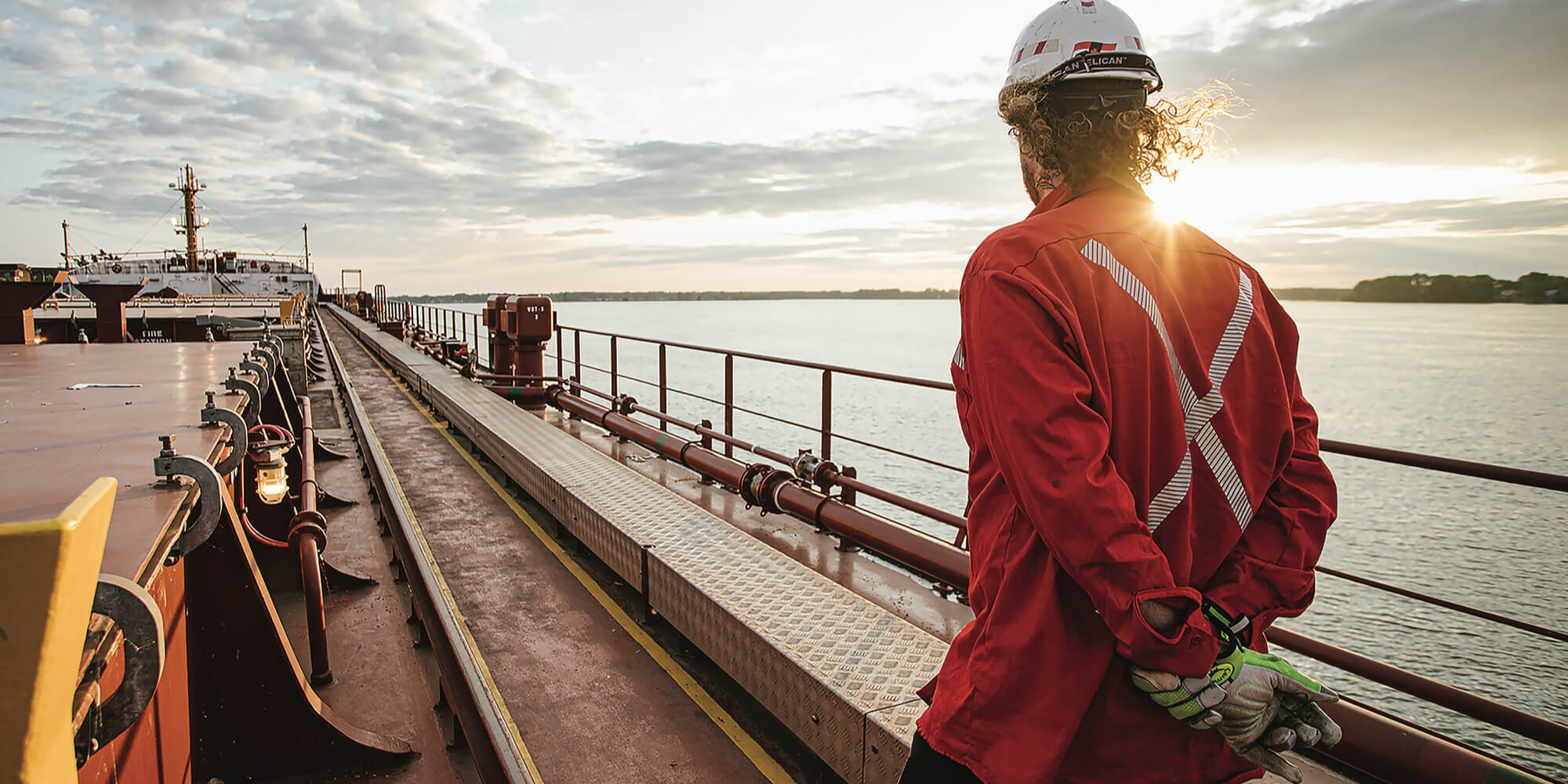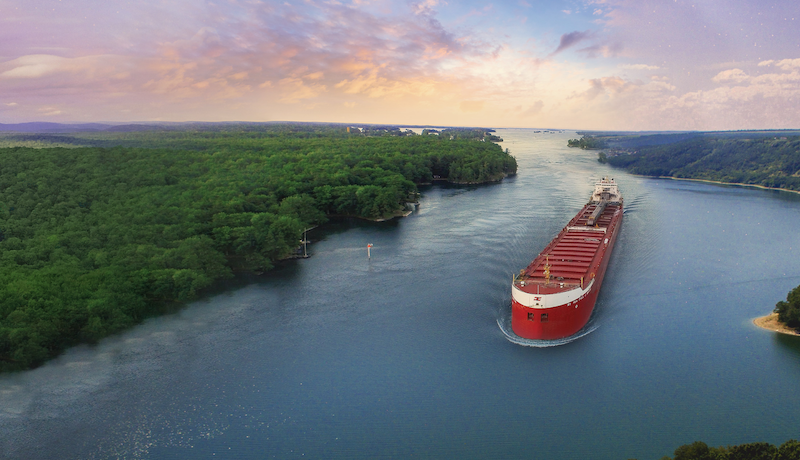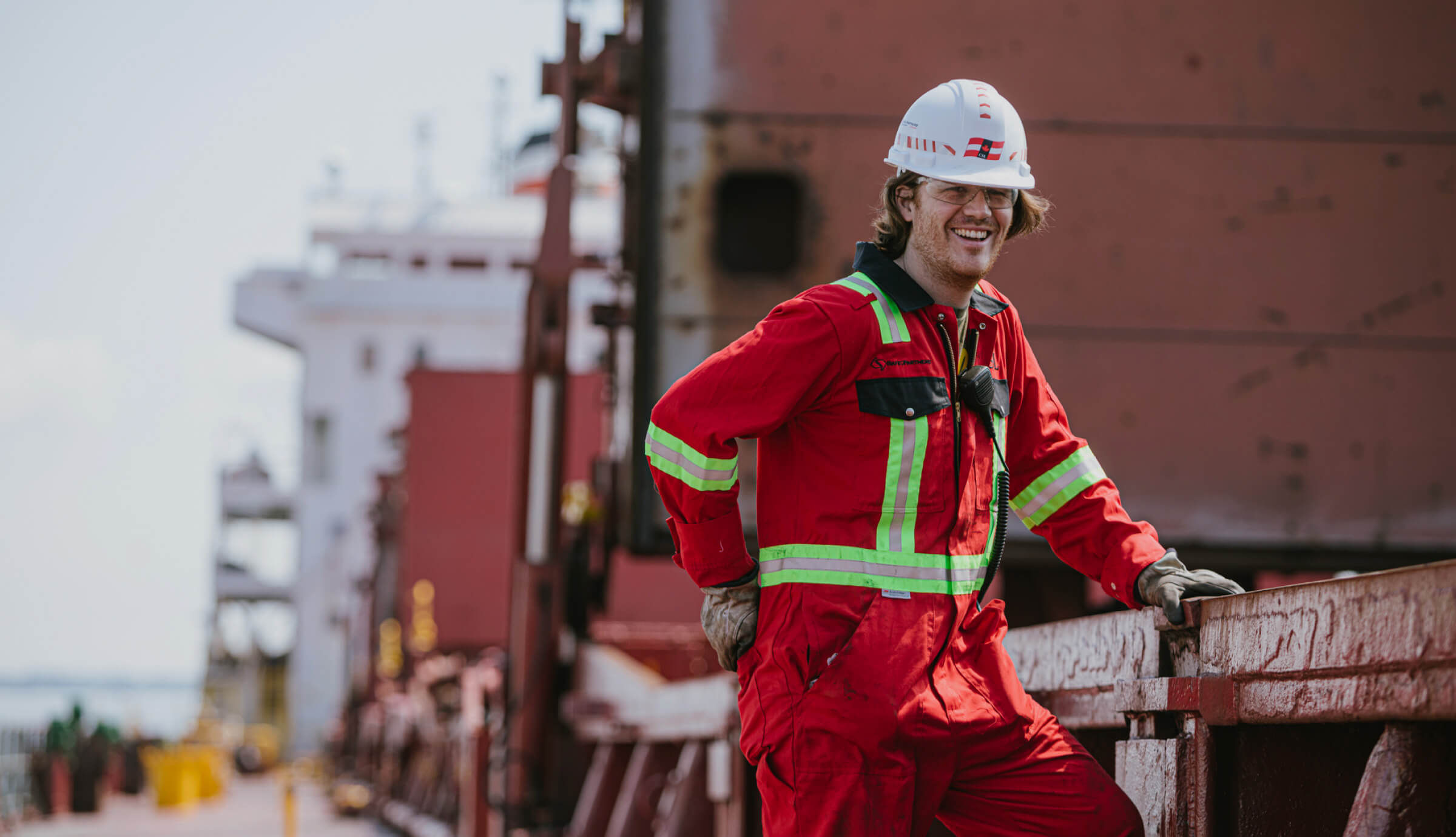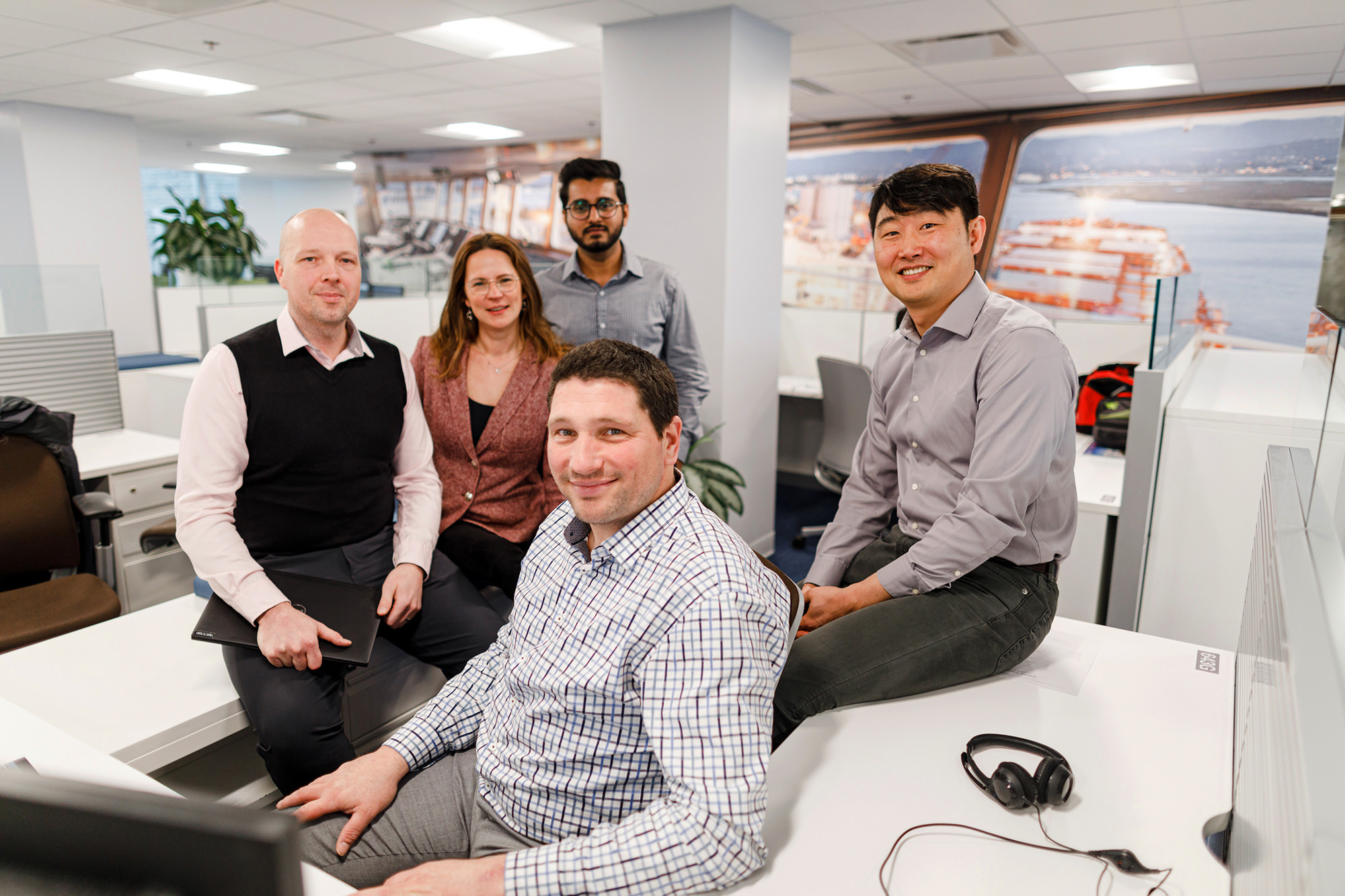Seafaring Careers

Work with us
Life at CSL
Chart your course to a rewarding career with us
At CSL, we value your hard work, dedication, and creativity, whether you’re working on board our vessels or in one of our global offices. Join us and embark on a challenging, dynamic, and fulfilling career that allows you to explore new horizons and achieve your goals.

With a culture that promotes excellence, flexibility and innovation, CSL provides a supportive environment where you can thrive, work with purpose, and make a real impact.
A Global Experience
Our ships operate globally, and we have offices located in cities across North America, Europe, and Australia.
A Diverse Environment
Our workforce is a mosaic of over 32 cultures and 31 languages, creating a rich and dynamic environment.
A Rich History
CSL’s history covers over 175 years of operations. Joining CSL means becoming part of this legacy of excellence and innovation.
Experience More with CSL
We compensate our employees fairly and competitively, ensuring you receive the salary you deserve for your hard work and contributions to our success.
We offer a complete range of healthcare and well-being programs and benefits, including a generous pension plan, to ensure you and your family receive the support you need to thrive both personally and professionally.
We empower the career growth of our employees by offering a broad range of opportunities, including training, mentorship, and career advancement programs. With CSL, you can build a fulfilling career that aligns with your vision of your success.
We offer flexible work options, both in our offices and on our ships, to help you find harmony between your personal and professional life. With CSL, you can take control of your career and build a fulfilling life that works for you.
By joining the CSL team, you’ll have the opportunity to make an impact, build a legacy, and contribute to a purpose-driven organization that is working towards decarbonizing and modernizing marine transportation. Whether you’re working in our offices or on our ships, your work will have a meaningful impact on our company, our industry, our communities and the environment.
We invest in state-of-the-art safety measures, comprehensive wellness programs and robust support systems to ensure our employees feel safe, secure, and supported at all times. By prioritizing your wellbeing and safety, we are committed to creating a culture that values and supports our employees in every aspect of their lives.
We’re committed to driving progress in the marine transportation industry by fostering a culture of innovation, staying ahead of the curve and challenging the status quo. As part of our team, you’ll have the opportunity to work on cutting-edge technologies, implement new strategies, and contribute to the marine industry’s evolution towards safer, cleaner and greener shipping.
On board our ships and in our offices, we cultivate a diverse and inclusive workplace where everyone feels valued, respected, and supported and where everyone has equal opportunities to succeed. We celebrate the unique backgrounds, perspectives, abilities, and talents of our employees and believe that diversity fuels innovation and growth.
Mutual respect, collaboration and camaraderie are the foundations of our workplace culture, where the value of social connections and teamwork are essential to achieving shared goals. Our human-scale work environment allows our employees to achieve their professional goals and foster meaningful relationships along the way.
We believe that effective leadership starts with treating people with humanity and compassion. Our leadership team is approachable, accessible, and committed to creating a positive and supportive work environment where everyone feels valued and supported, and able to reach their full potential.

